On December 25, the James Webb Space Telescope was launched into space. The telescope is expected to teach scientists much about how stars, galaxies, and systems of planets develop, and could bring new information about the early history of the universe.
Studying far-away stars is a way of studying history. Light travels extremely quickly, but it still takes time to cover long distances. This means that the light we see from far-away stars actually left those stars long, long ago. Scientists believe the James Webb Space Telescope (JWST) will help them see light from as far back as 13.6 billion years ago – not long after the universe began.
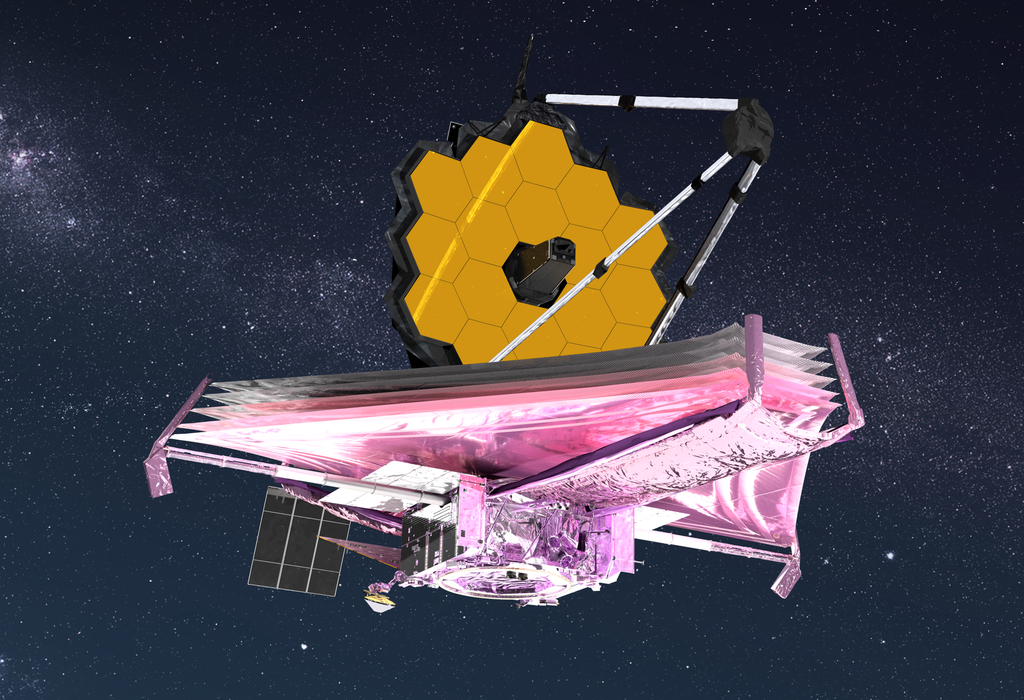
(Source: James Webb Space Telescope [CC BY 2.0], via Wikimedia Commons.)
The JWST is a project developed by the US space agency NASA with help from Canada and Europe. When the rocket carrying the JWST took off, scientists around the world were very nervous. That’s because people had been working on the project for over 20 years.
Over that time, the project ran into many problems, and the price grew to about $9.7 billion. For the telescope to work correctly, hundreds of steps needed to take place without any errors. Scientists were relieved when the launch went off without problems.
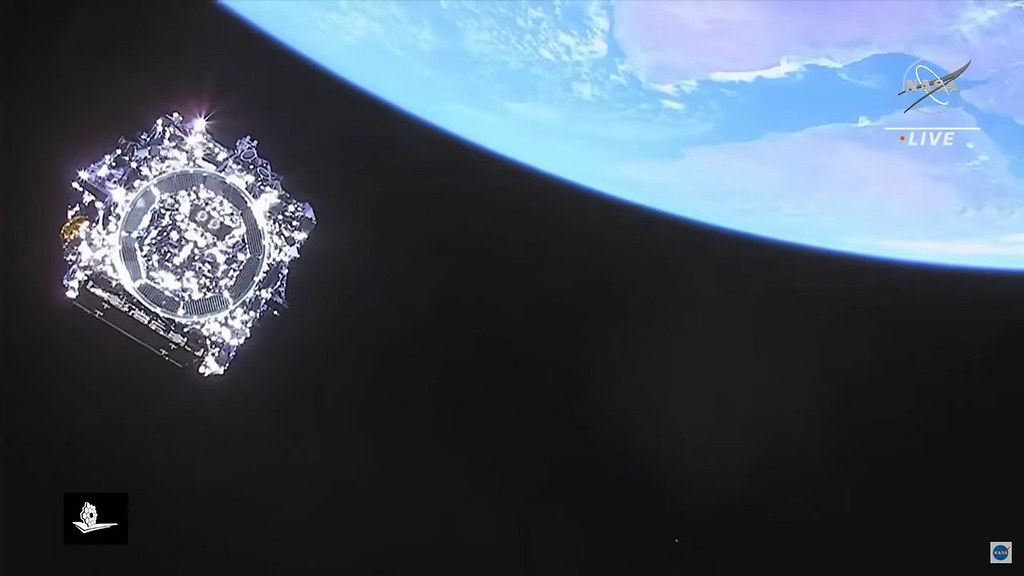
(Source: Arianespace, ESA, NASA, CSA, CNES, via Flickr.com.)
Until now, the best tool scientists have had for studying distant stars has been the Hubble Space Telescope. The Hubble has sent back some amazing images, and taught scientists much. But the new telescope is expected to be about 100 times more powerful.
For one thing, its main mirror, which helps it collect images, is over 21 feet (6.5 meters) wide. That’s about six times larger than the Hubble’s mirror. The JWST can also make out much fainter sources of light.
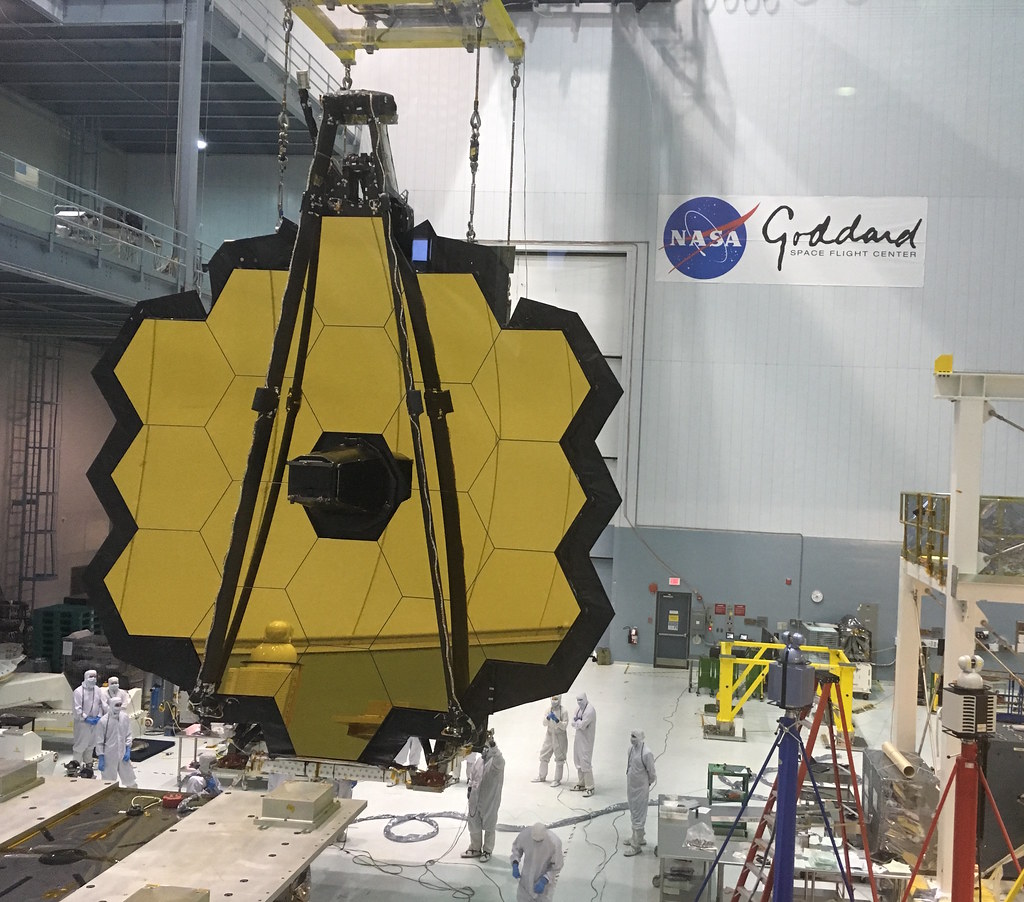
(Source: Maggie Masetti, NASA’s James Webb Space Telescope, via Flickr.com.)
The JWST will also be much farther out in space. It will be located nearly a million miles (1.6 million kilometers) away from Earth. It has traveled over half that distance already, and should arrive by the end of January. When it gets there, it will be able to look out at space, while keeping the Earth, Moon, and Sun behind it.
Light travels in waves. Different wavelengths show up as different colors of light. There are actually far more colors than the human eye can see. To collect its images, the JWST will use a range of infrared light, which humans aren’t able to see. By studying infrared light, the JWST will even be able to study the atmospheres of planets outside our solar system.
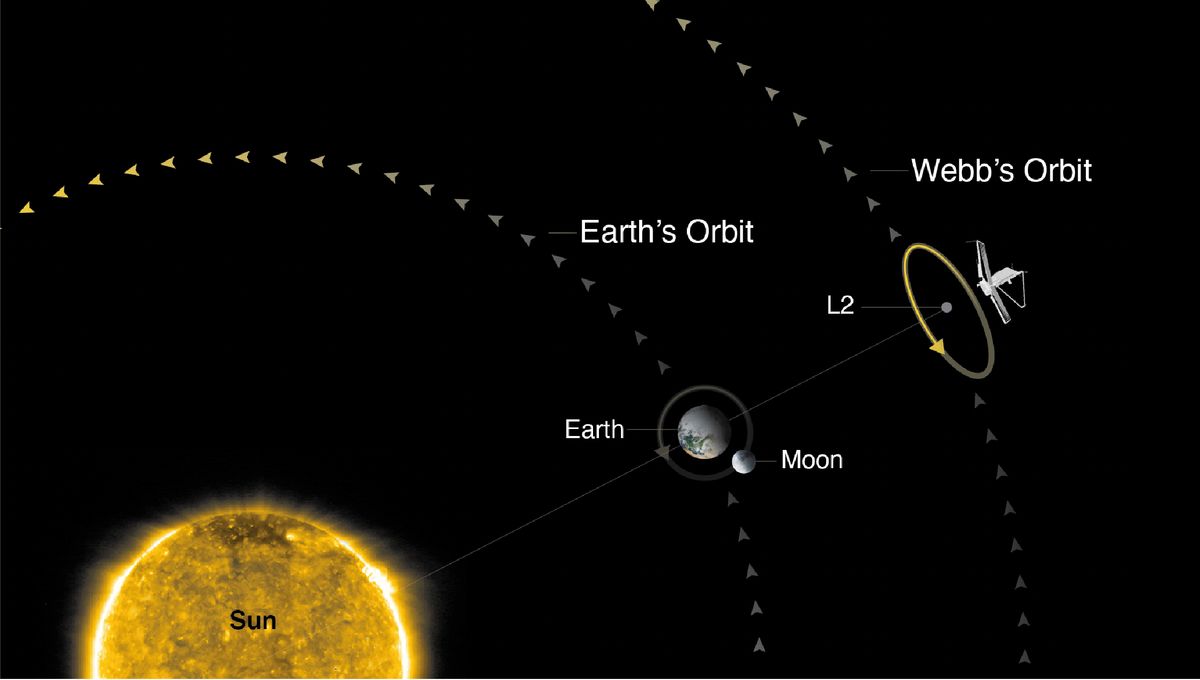
(Source: NASA.)
In order to see this infrared light, the telescope has to remain very cold. That’s why it has a 5-layer sun shield underneath it to block out heat from the sun. The sun shield is as big as a tennis court. The first layer unfolded fully on Monday. The rest should open up later this week.
There are still many steps to be completed, but NASA expects that the JWST will begin its real work in June. Scientists believe the telescope will help them better understand the history of the universe, and how important parts of it developed.
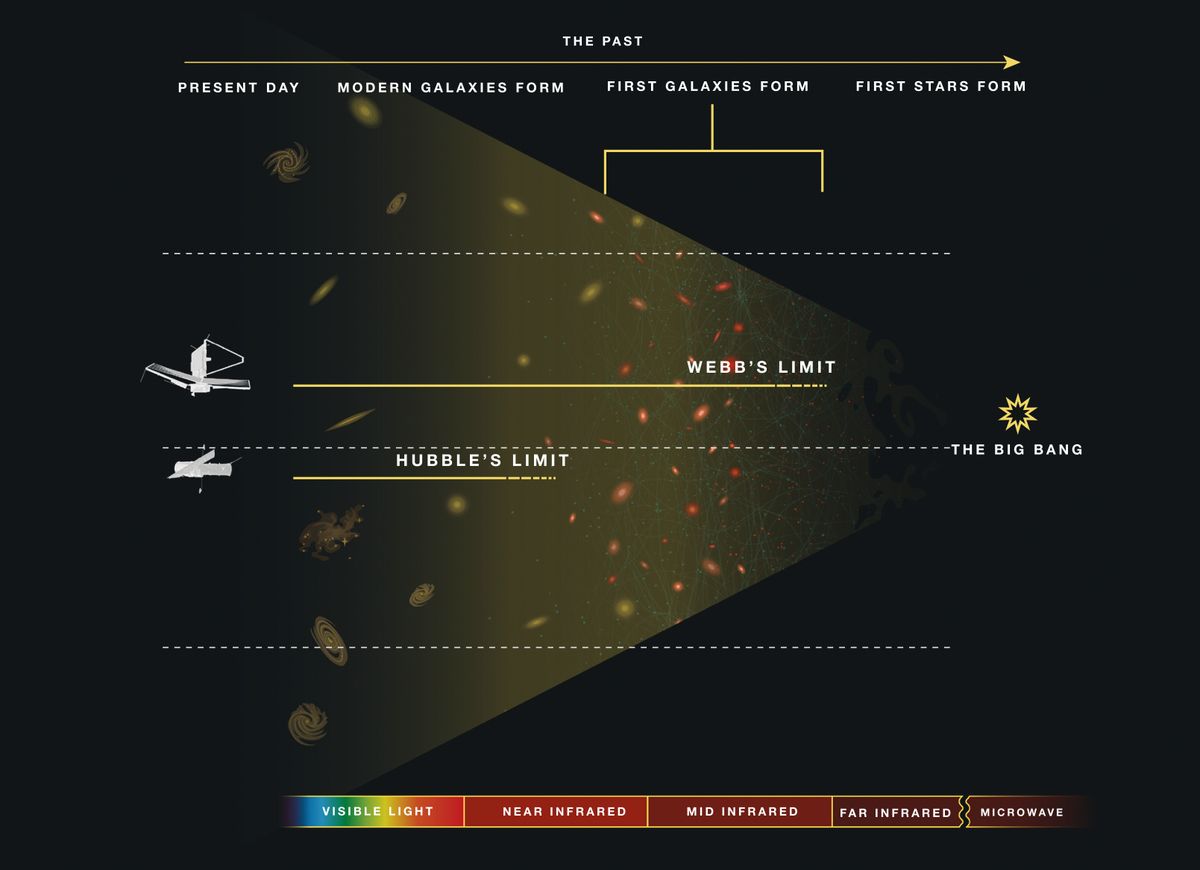
(Source: NASA.)
Did You Know…?
NASA says the JWST has enough fuel to run for more than 10 years. The Hubble telescope was expected to run for just 15 years, but is still going after nearly 30.
